Why did Adolf Hitler love Richard Wagner's music?
Nazi Fuehrer used the composer's work for propaganda
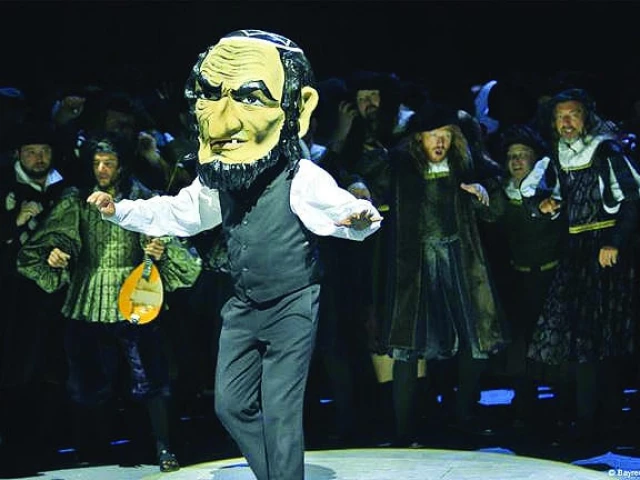
Productions of Wagner's opera Die Meistersinger von Nürnberg divide audiences. Should emphasis be placed on the opera's comical elements, or is it to be seen as more of a serious play about German virtues with antisemitic undertones?
As per DW, in this year's new production at the Bayreuth Festival, director Matthias Davids aims to highlight the opera's comical side.
Nevertheless, the fact that the Nazis included the piece in their Reich Party Congresses continues to cast a shadow over the production.
Richard Wagner was Adolf Hitler's favourite composer, long before coming to power in 1933. The dictator saw Wagner as a kindred spirit who had inspired the masses in the 19th century with the powerful sounds of his operas. Hitler later exploited this for his propaganda.
Craving art and music
Hitler, who wanted to study art, placed as much importance on large-scale musical productions as he did on state-sponsored architectural projects.
"Hitler did indeed attach great importance to art," says art historian Wolfgang Brauneis, who has studied artists of the Nazi era. "You can see this even well into the ravages of war, when he was still personally selecting the color of mosaic tiles for large construction sites."
It was no different in Nuremberg, where Hitler's National Socialist German Workers' Party (NSDAP) held its party rallies. He personally selected the singers and conductors for the production of Richard Wagner's opera "Die Meistersinger von Nürnberg," which was performed on the eve of the Reich Party Rallies.
When Hitler came to power in 1933, Wagner had already been dead for 50 years. With his concept of a Gesamtkunstwerk, or total work of art, the composer had revolutionised the world of opera. He envisioned a symbiosis of text, music, directing, stage design and architecture, all according to the vision of a single person.
Richard Wagner designed an opera house on the green hill in Bayreuth specifically for his operas. He was the first to have the orchestra play from a pit in front of the stage while the audience sat in complete darkness, with only the stage illuminated. This inspired Hitler.
From 1935 onwards, the dictator staged his Nuremberg rallies like a big stage spectacle with a special lighting design and huge mass gatherings. The entire city became a backdrop, with flags raised along the streets for the Nazis to march along.
In the final scene of Die Meistersinger von Nürnberg, which is about the preservation of German art, set designer Benno von Arent used the long rows of flags in front of the city's medieval half-timbered houses as a backdrop for the stage.
Quintessential German opera
The opera is about a singing contest for the love of a woman. Bakers, tailors, goldsmiths and other master craftsmen go head-to-head. The town scribe Beckmesser carefully makes sure everyone follows the rules. Master craftsman Hans Sachs, a respected singer and shoemaker, urges everyone to honor the old masters and preserve German art.
This is one reason Die Meistersinger von Nürnberg is often described as Wagner's most German opera. Jewish Australian director Barrie Kosky agrees. He feels, however, that antisemitism also plays a role. In 2017, he staged Die Meistersinger in Bayreuth as a "witch hunt against a Jewish singer," whom he associates with the character of Beckmesser.
"I am not dealing with Jewish culture. I'm dealing with the parody of antisemitism," Kosky explains in the DW film Why Hitler adored Wagner.
Whether Jewish characters are portrayed and caricatured in what way in Wagner's operas remains a matter of debate among Wagner scholars to this day. Wagner himself reportedly never commented on the issue. However, the composer was an avowed antisemite. He wrote a pamphlet entitled Judaism in Music, in which he vilified music by Jewish composers and claimed that they were only capable of copying others.

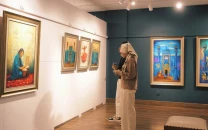


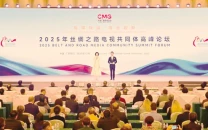


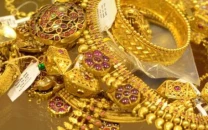
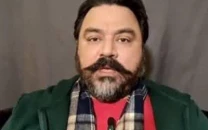

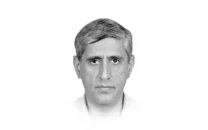

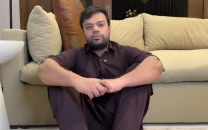
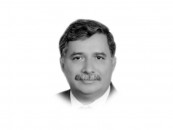
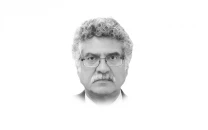

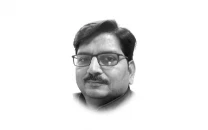

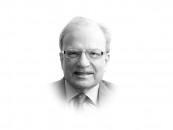
COMMENTS
Comments are moderated and generally will be posted if they are on-topic and not abusive.
For more information, please see our Comments FAQ